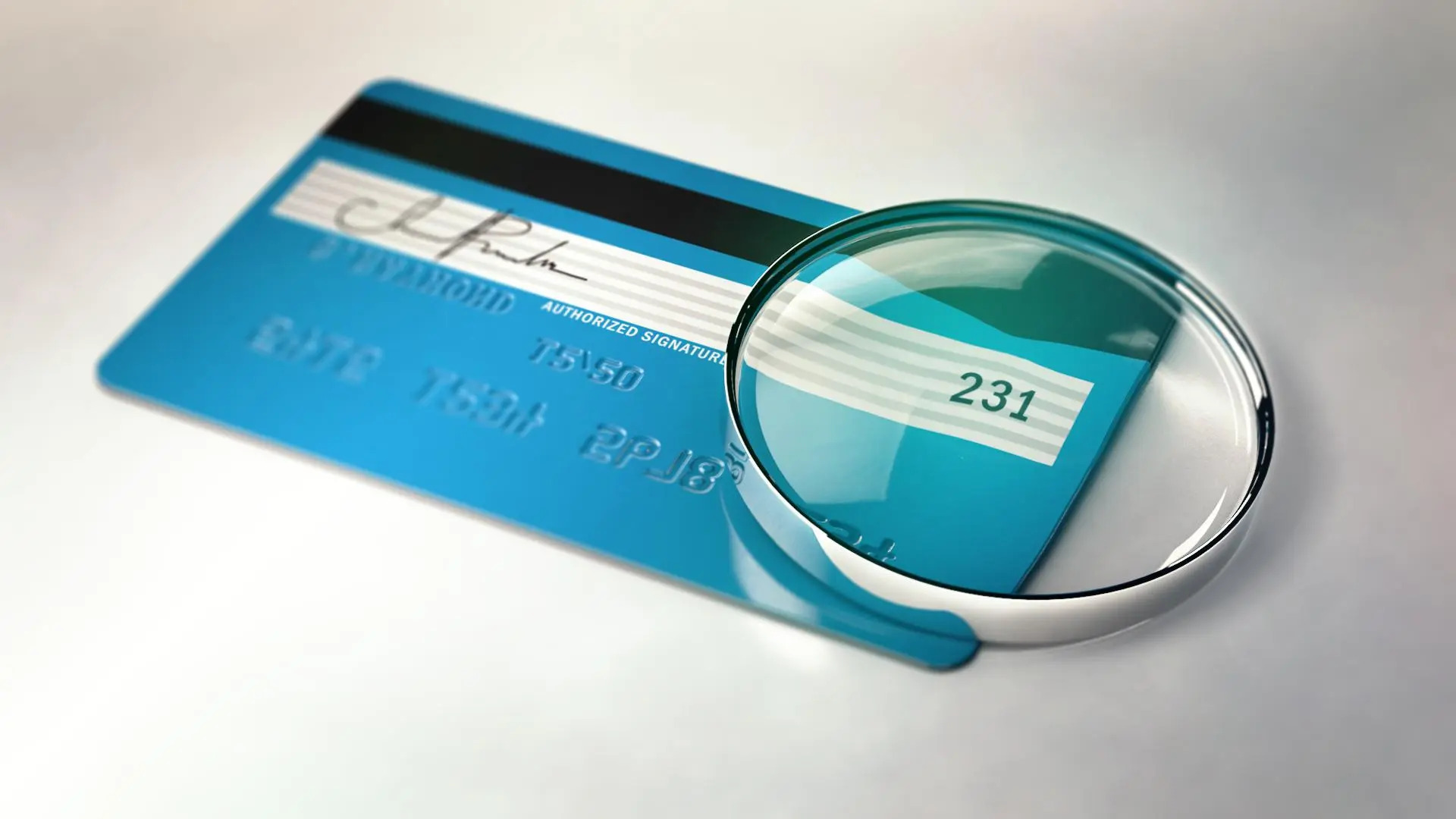What is a CVV Number & Where to Find It?
CVV, also known as Card Verification Value, is a three or four digit number located on the back of your credit or debit card. This number is used as an added security measure to ensure that the person using the card is the rightful owner. Most online merchants require the CVV number when making a purchase, in order to reduce the risk of fraud.
If you’re not sure where to find your CVV number, take a look at the back of your card. It should be located towards the bottom, above the signature line. If you still can’t find it, contact your credit card company for more information.
Remember, it’s important to keep your CVV number confidential. Don’t share it with anyone else, and never write it down on your card.
The History of CVV Security Codes
The use of CVV security codes began in the early 1990s, with Visa’s implementation of the Cardholder Identification Number (CHIN). This number was used to help verify the legitimacy of a credit card transaction, and prevent fraud. In 2001, Mastercard followed suit by introducing their own version of the CVV code, known as the Card Validation Code (CVC).
The CVV code has become an important security measure in the world of online shopping. In fact, it’s estimated that fraudulent transactions cost merchants more than $16 billion per year. By requiring customers to provide a CVV code, merchants can reduce the risk of fraud and ensure that their customers are legitimate.
CVV numbers can be used for both online and in-store purchases. When making a purchase online, the CVV number is usually requested in the checkout process, before you finalize your purchase. When making a purchase in store, the CVV number is often requested by the cashier, before you complete your transaction.
What are the different terms for card security codes?
There are a few different terms that you might hear for card security codes, including CVV, CVC, and CHIN. They all refer to the same thing – the three or four digit number located on the back of your credit or debit card.
Why is CVV2 used instead of CVV1?
CVV2 is the latest version of the CVV code, and it’s used to reduce the risk of fraud. CVV1 is no longer being used, as it was found to be vulnerable to fraud. If you’re using a card that has a CVV1 code, you’ll want to make sure that you switch to CVV2. To do this, contact your credit card company and request a new CVV code.
How can I protect my CVV number?
The best way to protect your CVV number is to keep it confidential. Don’t share it with anyone else, and never write it down on your card. If you’re worried about someone stealing your card, you can also contact your credit card company and ask them to add a security code or password to your account. This will help protect your information in the event that your card is stolen or lost.
What if I forget my CVV number?
If you forget your CVV number, don’t worry – you can always contact your credit card company for help. They’ll be able to provide you with the CVV number for your card, as well as any other information you might need.











